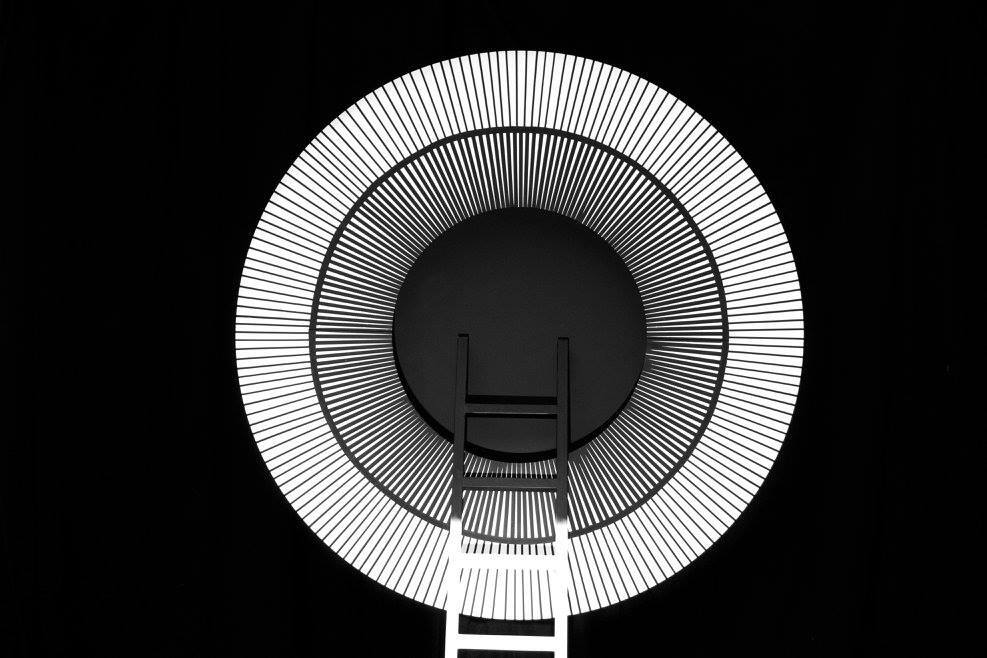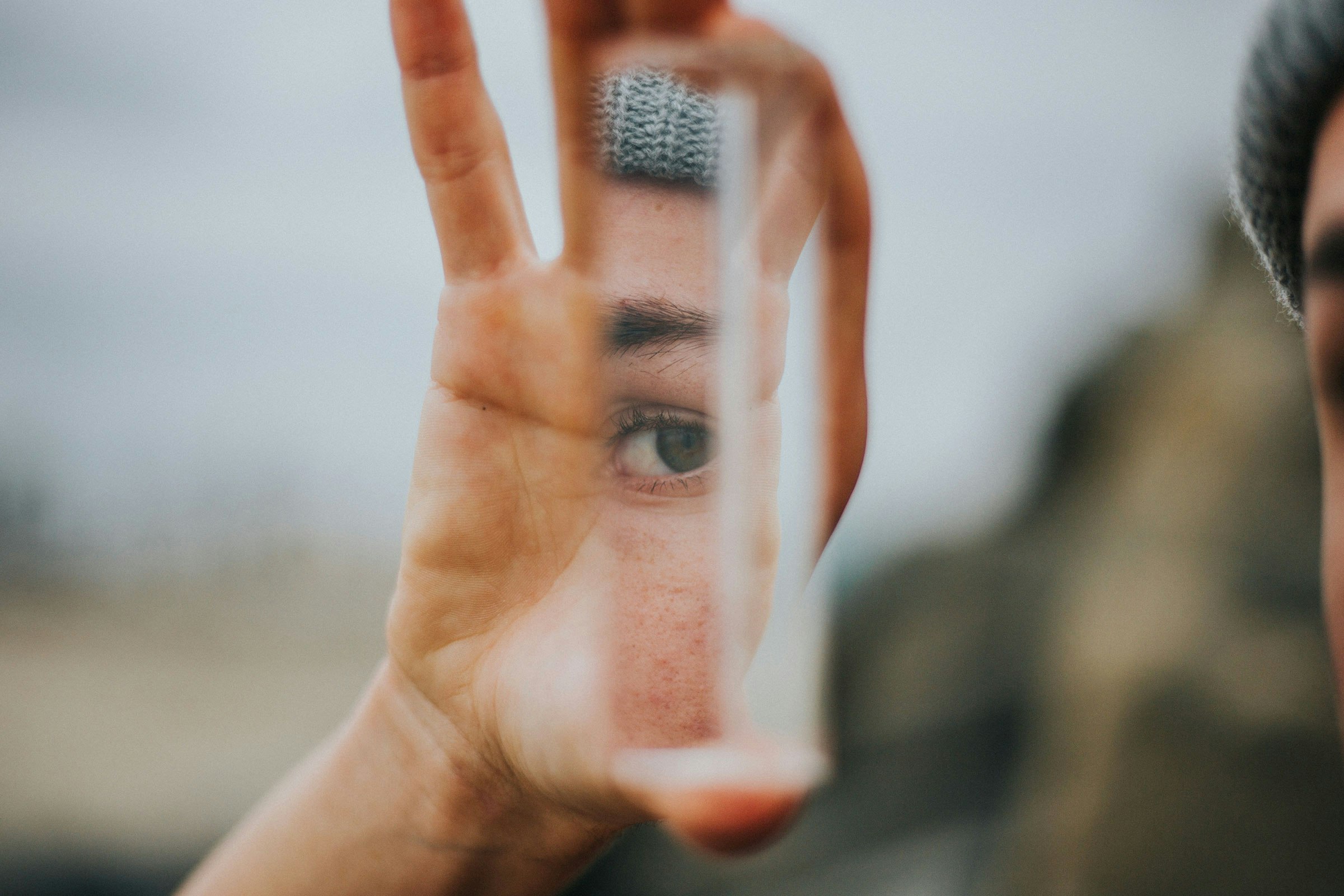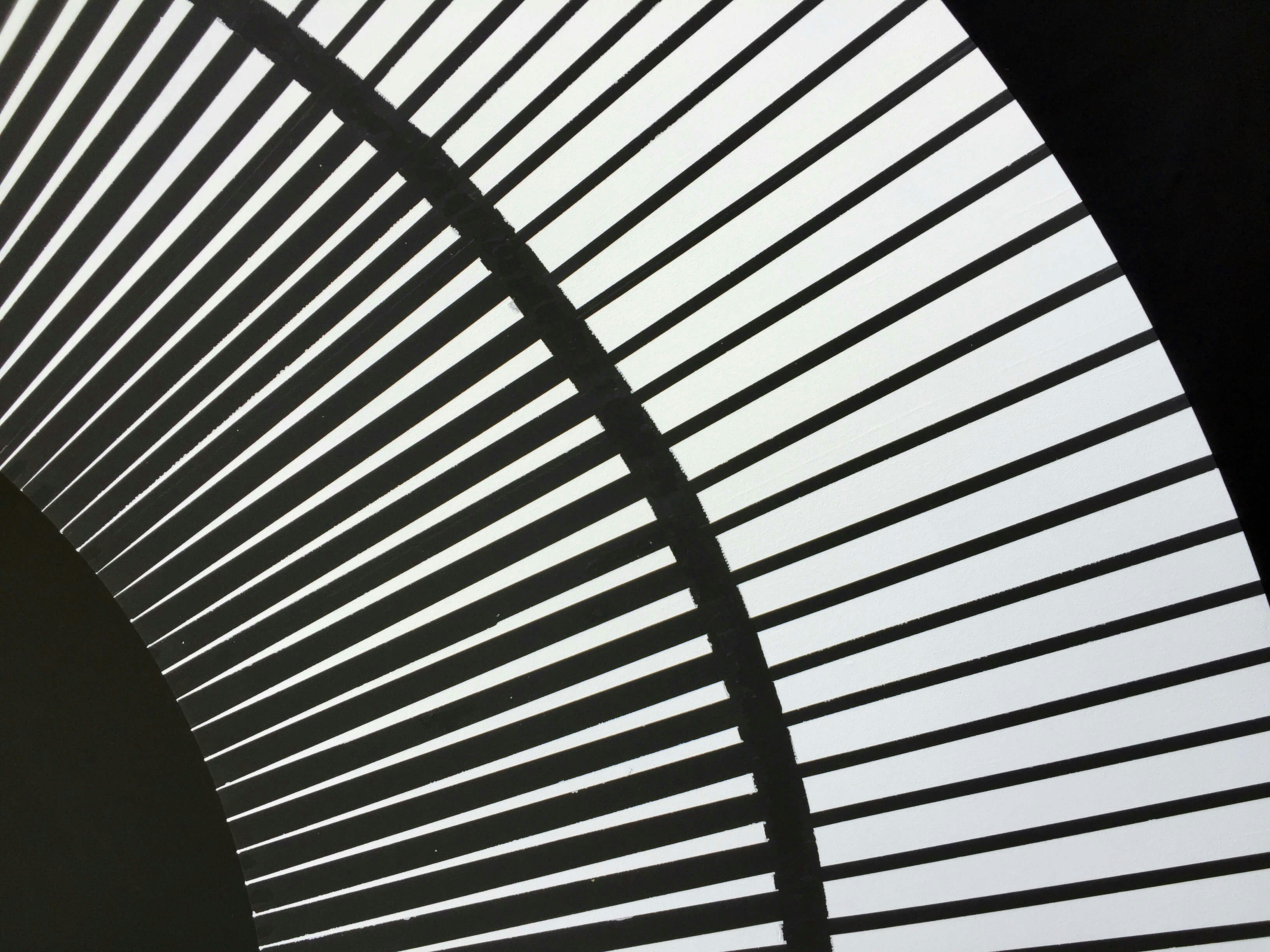Article curated by Alessandro Di Benedetto, Alex Cascarano, Gabriele Demarin, Luca Mascaro, Silvio Cioni.
Stargate by Fontface + KVRZ - aka Gabriele Demarin and Alessandro Di Benedetto - made in 2017 to celebrate the first 10 years of Sketchin.
Designing for the future informs the way you work and the mindset of your firm. Here's why and how we do it, explained well.

Article curated by Alessandro Di Benedetto, Alex Cascarano, Gabriele Demarin, Luca Mascaro, Silvio Cioni.
Stargate by Fontface + KVRZ - aka Gabriele Demarin and Alessandro Di Benedetto - made in 2017 to celebrate the first 10 years of Sketchin.
COP26 has ended in November 2021 amidst urgent appeals and scarce commitments. The future has suddenly become more critical, passing from a sweet tomorrow to an often bleak horizon. Some propose leaps forward that create a different layer of reality. The cinema evokes techno-medieval futures where there is no more room for digital, a la Dune, or where big data can anticipate the universe's destiny for those of us who are watching Foundation on Apple TV.
The debate about our destiny, as species, citizens, individuals, and consumers, has vigorously entered the agenda of every entity at every level.
It's not hard to understand why: uncertainty is increasing. Some things are obvious - how the demography of Europe will change, or the diffusion of some emerging technologies, or again, some trends in world geopolitics - what is lacking is to know how we human beings will position ourselves in this changed horizon. We don't even feel we belong to a joint present, let alone the future. Invariably, when human beings lack sense, they make up for it with imagination.
There are some key concepts with which we should the conditional is mandatory, be comfortable by now: change as an inescapable dimension of our reality and our nature. As animals, we have no control over our evolution; as people and organizations, we can instead direct the direction of our existence.
For some years now, Sketchin has been reflecting on how design can handle the dimension of the future, how it can explore it, and, finally, how it can direct its activities towards a horizon that we consider, for the most diverse reasons, preferable.
In such a volatile context, it is not easy to decipher the trajectories of the world, and for this reason, it is necessary to embrace a plural approach. It is possible to speak only of futures in the plural. We need to imagine, empathize and be resilient to different ends, always remembering that they are probabilities, possibilities, desires, forward momentum.
All activities that look at futures with a design approach must not have the ambition to make predictions but to stimulate, provoke and prepare for the future.
As designers, our contribution is fundamental, especially in moments of discontinuity or crisis, when what exists today is no longer worthwhile, heading for decline.
Let's take a couple of examples for the sake of concreteness. Let's take two industries that we know for sure will change a lot in the coming years: automotive and healthcare.
The car market will change a lot: cars will be electric and no longer fuel-powered and can be purchased online, dealers will sell not only the vehicles but the entire integrated system for electric mobility (car + charging station + photovoltaic system + accessory services and insurance coverage), in addition, the automation of individual vehicles is growing. How we will use the car in the future instead remains an unknown: perhaps we will not have more cars owned, there will be maybe less, we will prefer to use it as a service. But what will the car market do? How will it transform itself to remain relevant and profitable?
Again, health. It is not a mystery that Europe is aging and that not even the migratory flows will stem the phenomenon. More and more senior people then, more and more in need of medical assistance. This will not necessarily translate into a more significant number of hospitals or care facilities; on the contrary, we will probably experience situations of home hospitalization. And how will the healthcare industry cope with these changes? How will we have adequate medical care in 40 years when we - based on the average age of sketchin people - will have broken through the 80s wall?
Current conditions are reshaping what defines good leadership. The idea of setting a clear vision and pursuing it regardless of changing circumstances, or even bending situations to fit the picture, establishes an increasingly weak position in a world that is not only volatile but downright adversarial. Reactive repositioning, when events take unexpected turns and at surprising speeds, puts an organization in the position of being reactive and not proactive.
Anticipating the potential terrain of a future, and defining actions on that basis, means helping shape and form that potential future. This creates an active and ongoing awareness of the possible forces ahead and the ability to make sense of the convergence or interaction of those forces while proactively driving between emerging scenarios.

Sketchin wants to help companies and organizations to work on the great forces of change, trying to understand the possible futures in a participatory process with stakeholders, shareholders, communities, and individuals to understand what are the new needs, define the strategy of change, the actions necessary to achieve it.
The aim is not to explore, innovate for the sake of change, or design the products of the future, but rather to help our interlocutors face the tremendous structural changes in markets, technology, and society. These three dimensions are most interesting to us, anticipating the impending changes to be able, in some way, to govern them. Or at least not to suffer them passively.
We call Design Futures our way of approaching the problem of futures: we use design as a lens to make futures tangible. Stimulating and anticipating change, defining scenarios, creating artifacts or concepts to provoke reflection and awareness of the direction one chooses to take and its outcomes. Design realities like ours are determining approaches and methods to generate value and content in these areas, working on the intersections of disciplines that investigate the future.
Designing futures must not be limited to showing the possibilities but must also include action, drawing roadmaps, identifying strategic initiatives, perhaps at a high level, but helpful in directing change, also considering its sustainability.
We do this through a three-step process, from exploration to action.
We observe reality; we identify and analyze signals, trends, and drivers of change that transform the market, the industry, and the socio-economic context. We do not limit ourselves to observing emerging phenomena but add traditional forms of analysis conducted through the lens of statistics, economic analysis, and sociology. Exploration allows us to identify a space of opportunity within complexity. We anticipate knowledge, not the future itself.
Along a participatory and collaborative journey conducted with all relevant stakeholders - business, community, experts, end-users - we shape a variety of future scenarios to exemplify different strategies, behaviors, and assumptions. So that people can immerse themselves in their tomorrow, experience it in advance, feel it, create an empathic relationship with it. We prototype products, services, environments, artifacts, and experiences that bring potential futures to life. Thus, organizations can ignite a broader, conscious, oriented debate.
However, the ways to transform power into action are multiple, sometimes alternative, or made of various layers. We turn insights toward futures into potential. You can inform the future of the products and services we already produce today. You can create long-term strategies or roadmaps to transition individuals and organizations towards the tomorrow you have identified or nurture a public debate to transform opinions and agendas.
The benefits of Design Futures, in a nutshell, as we learned them by designing:

The practice of "thinking ahead" is not only attributable to activities supporting the medium/long-term strategy, but it becomes part of the corporate identity and corporate culture. This extends the practice to all the people who make up the company and defines its mindset. Whatever is produced today, how will it look tomorrow? What impact will it have in the context? Will it be sustainable?
Sketchin makes this value its own, a trait that permeates every activity we do on every time horizon (now, near, and next futures), turning our daily design practice into future(s)-oriented. For us, the future is not a process or a set of techniques to sell. It's a mental habit.
The futures we deal with are not personal but collective. We need to design with the masses of people in the world in mind who are busy every day queuing for a ticket, tying their shoes awkwardly because they have a backpack on their shoulders, putting batteries in remote control, and reassembling a door in the real world. At the same time, we need to abandon the vision of an aseptic, laboratory-like future, where everything is neat, where technology always works perfectly and where there is no trace of the past. Homes, offices, public and private spaces will retain traces of the past, it will not be possible to hide or dissolve these traces, and technology will not always be completely reliable.
Put another way, considering the future with the tools of design gives us the means and awareness to improve the effectiveness of our design action already today, incorporating a systematic openness to the future in our products and services.
If you don’t want to miss any updates, subscribe to our newsletter.